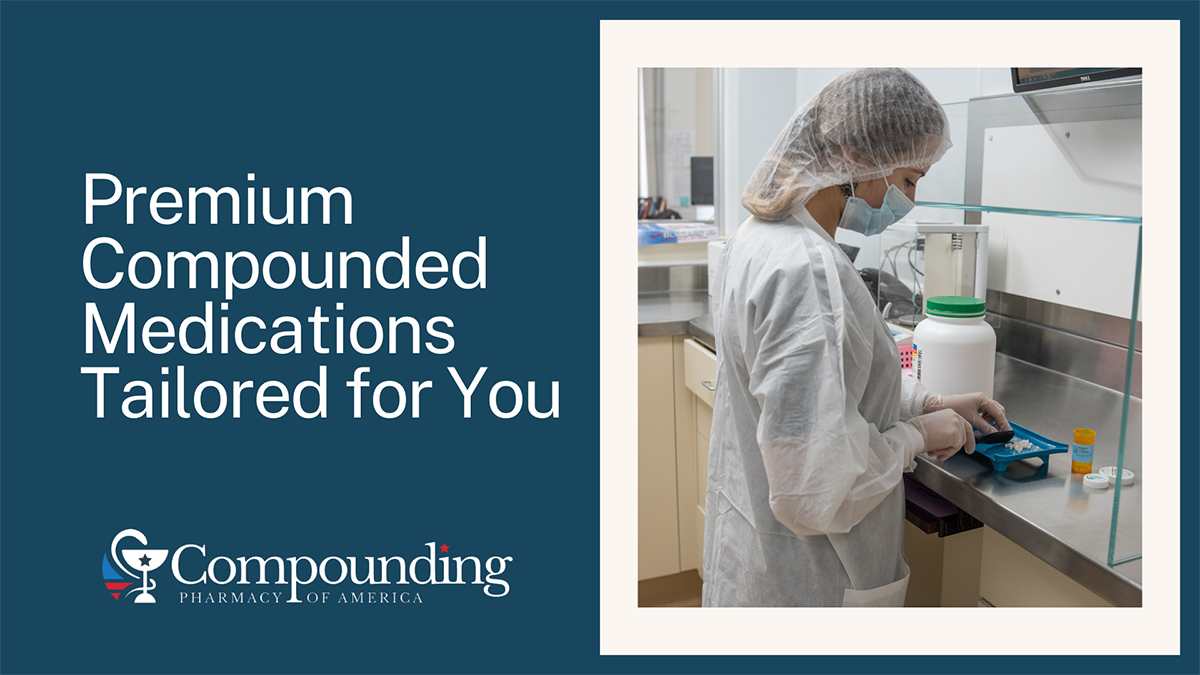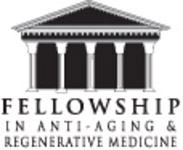
The saying “you are what you eat” takes on new meaning when it comes to medications. What we consume can have a profound effect on how medications are absorbed, processed, and utilized by the body. Food-drug interactions can either diminish a drug’s effectiveness, enhance its potency, or lead to harmful side effects.
Understanding these interactions is essential for anyone managing health conditions with prescribed or over-the-counter medications. This guide explores the most common food-drug interactions, their effects, and tips for safely navigating your diet while taking medications.
Common Foods That Interact with Medications
Certain foods are more likely to interact with medications due to their active compounds. Here’s a breakdown of some common offenders:
Grapefruit and Citrus Juices
- How it interacts: Grapefruit contains compounds called furanocoumarins, which inhibit the CYP3A4 enzyme in the liver. This enzyme is responsible for metabolizing many drugs.
- Medications affected: Statins (e.g., atorvastatin), certain blood pressure medications, and anti-anxiety drugs.
- Effects: Reduced metabolism can lead to increased drug levels in the bloodstream, heightening the risk of side effects.
Leafy Green Vegetables
- How it interacts: Leafy greens like spinach and kale are rich in vitamin K, which plays a critical role in blood clotting.
- Medications affected: Blood thinners like warfarin.
- Effects: Excess vitamin K can counteract the blood-thinning effect of warfarin, reducing its efficacy and increasing the risk of blood clots.
Dairy Products
- How it interacts: Calcium in dairy binds to certain medications, forming an insoluble complex that reduces absorption.
- Medications affected: Antibiotics such as tetracycline and ciprofloxacin.
- Effects: Decreased drug absorption can reduce the medication’s effectiveness in treating infections.
High-Fiber Foods
- How it interacts: High-fiber foods slow down digestion and delay the absorption of some medications.
- Medications affected: Heart medications like digoxin.
- Effects: Slower absorption may lower the drug’s effectiveness, especially in critical health conditions.
Alcohol
- How it interacts: Alcohol is metabolized in the liver and competes with medications, altering their processing.
- Medications affected: Painkillers (acetaminophen), antidepressants, and blood pressure medications.
- Effects: Liver damage, increased side effects, or heightened sedation, depending on the medication.
How These Interactions Impact Medication Efficacy
Food-drug interactions can have a wide range of effects:
- Reduced efficacy: Certain foods can hinder the absorption of medications, leading to suboptimal therapeutic results.
- Enhanced potency: In some cases, food can increase drug levels in the bloodstream, raising the risk of toxicity.
- Delayed effects: Foods that slow digestion, like fiber, may delay the onset of a medication’s action, which can be critical for conditions requiring immediate relief.
For example, excessive grapefruit consumption while taking statins can significantly increase the risk of muscle damage and liver toxicity. Similarly, consuming vitamin K-rich foods in excess while on blood thinners may lead to ineffective treatment.
Tips for Safe Food Consumption with Medications

To minimize the risks of food-drug interactions and maximize the effectiveness of your medications, it’s essential to take a proactive approach to managing your diet and medication routine.
These practical tips can help:
Consult Your Healthcare Provider
Your doctor or pharmacist is your first line of defense against food-drug interactions. They can provide guidance on potential interactions specific to your medications and suggest strategies to avoid them.
For example:
- Ask about specific foods: If you’re unsure whether a favorite food could interfere with your medication, don’t hesitate to ask.
- Inquire about supplements: Let your provider know about any vitamins, herbal remedies, or other supplements you’re taking to identify possible interactions.
Read Medication Labels Carefully
Every prescription and over-the-counter medication comes with detailed instructions, often highlighting dietary restrictions.
Pay close attention to:
- Warnings: Labels often specify if the medication should be taken with or without food.
- Avoidance lists: Some medications explicitly advise against consuming particular foods, such as grapefruit or alcohol.
Pro Tip: If the label is unclear or you’ve misplaced it, consult the pharmacy or manufacturer for clarification.
Time Your Meals Strategically
The timing of food intake can significantly influence how your body absorbs medications:
- Empty stomach instructions: For medications like antibiotics or certain thyroid treatments, take them at least 30 minutes before or 2 hours after eating to ensure maximum absorption.
- With food: Drugs that can cause stomach irritation, such as NSAIDs or certain vitamins, should be taken with meals to reduce discomfort.
Create a routine to align your meals with your medication schedule for consistency and better results.
Be Aware of Common Offenders
Certain foods are known to cause interactions with medications.
If your prescription includes any warnings, avoid or limit these:
- Grapefruit and citrus juices: Known to affect enzymes in the liver, leading to either heightened or reduced drug efficacy.
- Dairy products: Calcium in dairy can bind to some medications, such as antibiotics, reducing their absorption.
- High-fiber foods: While beneficial for overall health, fiber may delay the absorption of medications like digoxin or thyroid treatments.
If these foods are staples in your diet, consider alternatives or consult your provider for personalized advice.
Monitor Alcohol Intake
Alcohol can amplify the effects of certain medications, potentially leading to dangerous side effects.
This is especially true for:
- Sedatives: Combining alcohol with medications like benzodiazepines or sleep aids can increase drowsiness or risk of overdose.
- Painkillers: Alcohol and pain relievers, such as opioids or acetaminophen, can strain the liver or cause severe side effects.
For best results, avoid alcohol entirely while on medications with known interactions.
Track Vitamin and Mineral Intake
Supplements and fortified foods are often overlooked as potential contributors to food-drug interactions. Keep in mind:
- Vitamin K: Found in leafy greens, it can reduce the effectiveness of blood thinners like warfarin.
- Calcium and magnesium: Present in supplements or fortified foods, these minerals may interfere with the absorption of medications like antibiotics or thyroid treatments.
Stay vigilant about what you’re consuming, and discuss any new supplements with your healthcare provider to ensure compatibility with your prescriptions.
Keep a Food and Medication Journal
Tracking your diet and medication schedule can help identify patterns or potential interactions.
Record the following:
- Foods you eat regularly.
- Medication side effects or unexpected changes in how you feel.
- Any timing conflicts or missed doses.
This journal can serve as a valuable tool during consultations with your doctor or pharmacist.
Managing Food and Medication Interactions
 Understanding food-drug interactions is only the first step. Implementing practical strategies to minimize risks and maximize medication efficacy is equally important.
Understanding food-drug interactions is only the first step. Implementing practical strategies to minimize risks and maximize medication efficacy is equally important.
Here’s how you can safeguard your health while managing your diet and medication:
Be Mindful of Supplements and Herbals
Supplements like St. John’s Wort, ginseng, and even seemingly harmless vitamins can interact with medications. For instance, St. John’s Wort may decrease the efficacy of certain antidepressants or contraceptives, while high doses of vitamin E can increase the risk of bleeding when taken with anticoagulants. Always inform your healthcare provider about any supplements you are taking.
Avoiding Multi-Drug Interactions
If you are taking multiple medications, the risk of interactions increases. Adding foods that interfere with one or more medications can complicate treatment further. Schedule regular reviews with your healthcare provider to ensure all medications work well together.
Stay Informed About Label Instructions
Many medication labels include clear dietary guidelines—such as taking the medication with or without food. For instance, certain antibiotics work better on an empty stomach, while others require food to prevent nausea. These instructions are there for your safety—always follow them closely.
Timing is Key
Certain foods may not need to be eliminated entirely but require timing adjustments. For example, if you’re on a high-fiber diet and taking medications for heart health, consider spacing the fiber-rich meal several hours apart from the medication to allow proper absorption.
Build a Supportive Wellness Routine
Healthy eating habits, physical activity, and stress management all contribute to medication effectiveness. By supporting your body holistically, you minimize risks while maximizing benefits.
The Role of Compounded Medicines in Managing Interactions
Food-drug interactions can make managing medication regimens complex, but compounding pharmacies offer a solution tailored to your needs.
At Compounding Pharmacy of America, we create custom-made medications designed to:
- Eliminate Problematic Additives: We can create dye-free, gluten-free, or allergen-free formulations to suit your dietary restrictions.
- Customize Dosage Forms: Whether you need a liquid alternative, a topical cream, or even a flavored option, compounded medications make taking your prescriptions easier and more enjoyable.
- Address Drug Shortages: If a commercially available medication isn’t accessible, we can replicate it to ensure you never miss a dose.
- Enhance Absorption: By creating formulations tailored to your body’s needs, we can minimize food-drug interaction risks and enhance medication absorption.
Premium Compounded Medications Tailored for You

Managing your health is not one-size-fits-all, and neither should your medications be. With compounded medicines from the Compounding Pharmacy of America, you gain the advantage of personalized care, whether you’re navigating complex food-drug interactions or addressing unique health needs.
Discover how premium compounded medications can fit seamlessly into your wellness routine. Visit our Compounding Services page to learn more or contact us to consult with our experienced pharmacists today!
*Editor’s Note: This article was medically reviewed for accuracy and updated in December, 2024. Older articles on this topic have been updated and consolidated into this comprehensive guide.
Sources
- Bailey, D. G., Dresser, G., & Arnold, J. M. O. (2013). Grapefruit-medication interactions: Forbidden fruit or avoidable consequences? CMAJ, 185(4), 309–316. https://doi.org/10.1503/cmaj.120951
- Won, C. S., Oberlies, N. H., & Paine, M. F. (2012). Mechanisms underlying food-drug interactions: Inhibition of intestinal metabolism and transport. Pharmacology & Therapeutics, 136(2), 186–201. https://doi.org/10.1016/j.pharmthera.2012.07.001
- Pappalardo, G., Marchetti, F., & Castagna, A. (2019). Clinical relevance of drug-food interactions: Dairy product effects on antibiotic absorption. European Review for Medical and Pharmacological Sciences, 23(12), 5274–5283. https://doi.org/10.26355/eurrev_201907_18386
- Kiani, J., & Imam, S. Z. (2007). Medicinal importance of grapefruit juice and its interaction with various drugs. Nutrition Journal, 6(33). https://doi.org/10.1186/1475-2891-6-33
- Ahmad, A., Mondello, S., Di Pietro, V., & Belli, A. (2011). Quantification of oxidative stress markers in serum and cerebrospinal fluid after severe traumatic brain injury. Critical Care, 15(Suppl 2), P90. https://doi.org/10.1186/cc10347
- Soni, H., & Singh, M. (2020). Antioxidant potential of dietary polyphenols and their therapeutic applications in chronic diseases. Journal of Nutritional Biochemistry, 85, 108495. https://doi.org/10.1016/j.jnutbio.2020.108495
- Willems, M., & Haque, A. (2021). Nutraceutical interventions for inflammation: A comprehensive review of their mechanisms and clinical efficacy. Current Nutrition Reports, 10(3), 230-245. https://doi.org/10.1007/s13668-021-00344-3
- Koga, T., Kawabata, K., & Ikeguchi, M. (2019). Pharmacokinetic analysis of phytochemicals: Focus on bioavailability and metabolism. Journal of Pharmacokinetics and Pharmacodynamics, 46(2), 173-187. https://doi.org/10.1007/s10928-019-09622-2
- Ozawa, N., Tsuji, T., & Tanaka, M. (2019). Optimized antioxidant therapy in critical illness: An evidence-based review. Journal of Pharmaceutical Health Care and Sciences, 5(1), 15. https://doi.org/10.1186/s40780-019-0155-1
- Muller, C., & Glatzle, D. (1994). Advances in antioxidant delivery systems for food applications. Lipids, 29(6), 443-448. https://doi.org/10.1007/BF01061694
- Messaoudi, S., & Fauconnier, A. (2013). Clinical implications of polyphenol-rich diets for cancer prevention. Investigational New Drugs, 31(3), 516-524. https://doi.org/10.1007/s10637-013-0055-4
- Huang, Z., & Hara, Y. (1988). Tea polyphenols: Chemistry, health benefits, and applications. Journal of Physiology and Biochemistry, 46(2), 161-169. https://doi.org/10.1016/S0022-3549(88)47038-8
- Li, Y., & Wang, J. (2024). Dietary interventions for metabolic health: Emerging insights. Frontiers in Nutrition, 7, 1380010. https://doi.org/10.3389/fnut.2024.1380010
- Chen, M., & Zhang, L. (2024). Nutritional epigenetics: Dietary influences on gene expression. Frontiers in Nutrition, 7, 1379159. https://doi.org/10.3389/fnut.2024.1379159
- Al Lawati, J. (2010). Nutrition and public health in Oman: Emerging challenges. Oman Medical Journal, 25(2), 75-82. http://www.omjournal.org/articleDetails.aspx?coType=1&aId=75
- D’Mello, J. P. F., & Acamovic, T. (2018). Nutritional supplements in animal feed: Effects on metabolism and immunity. In M. van der Poel, J. L. F. Tian, & J. Wang (Eds.), Animal Nutrition and Feed Technology (pp. 79-96). Springer. https://doi.org/10.1007/978-3-319-68864-0_6
- Ehsani, H., & Entezari, M. H. (2016). Antioxidant activity and phenolic content of Persian walnut (Juglans regia L.) during storage. Journal of Nutrition and Food Security, 1(1), 42-50. https://jnfs.ssu.ac.ir/article-1-502-en.pdf

Compounding Pharmacy of America is committed to delivering reliable, accurate, and actionable health information to empower you on your wellness journey. Our content is created and reviewed by a dedicated team of professionals, including experienced writers and licensed healthcare experts.
Learn More About Compounding Pharmacy of America Editorial Team





 Subscribe to Our Newsletter
Subscribe to Our Newsletter
